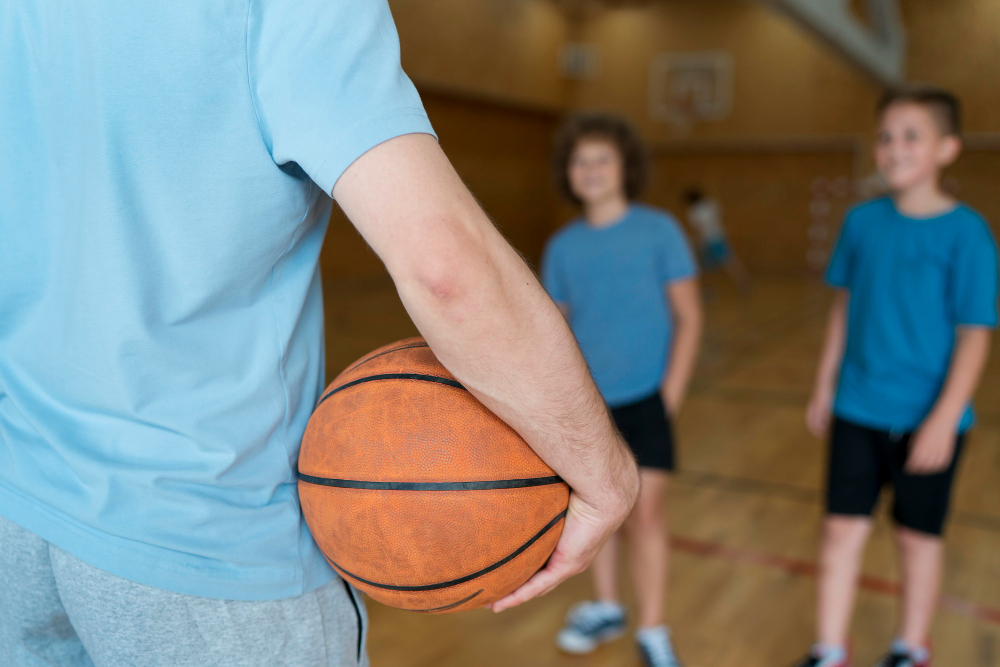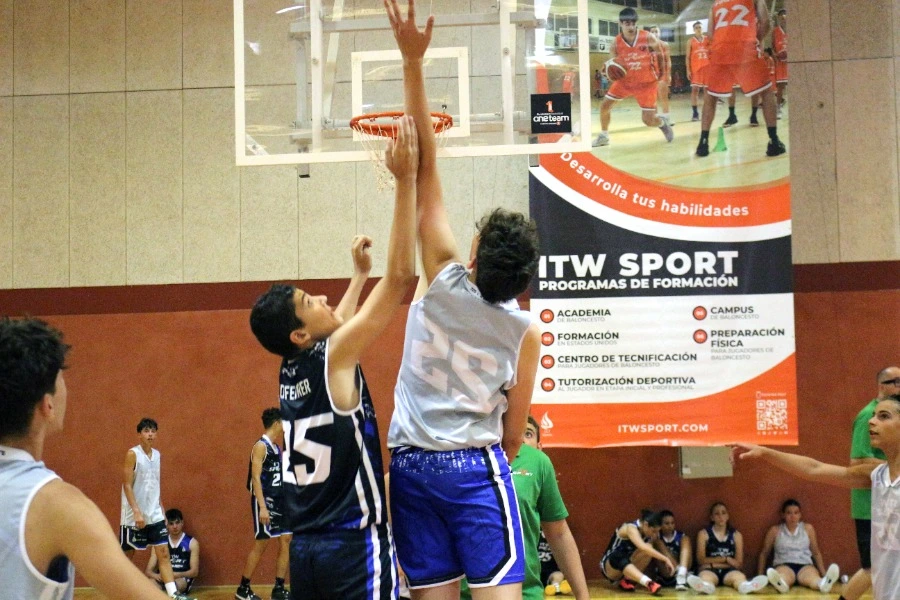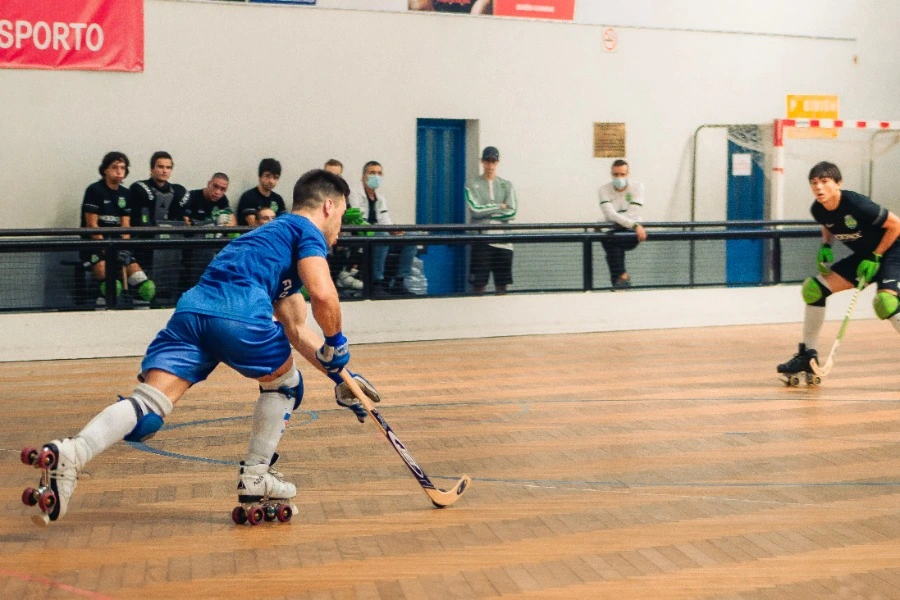I'm sure you've heard the phrase "If you don't want to get hurt, take up Ludo!" And it's true that we all assume that in a contact sport like basketball, there's always a chance of walking out of practices and games with a bruise or two.

Being a basketball player means
Perform movements such as jumps, tackles, changes of direction, and sprints, while executing movements with the hands (passes, receptions, shots, dribbling, …)
Since it is a sport that combines the use of both upper and lower extremities, injuries can occur at both levels, and the most common injuries are the following [1]:
- Capsulitis in the interphalangeal joints of the hand.
- Ankle sprains.
- Muscle injuries, meniscus, anterior cruciate ligament.
The impact of bumps and knocks
Cannot be prevented, but a physiotherapist can work with players to ensure that injuries from twists, falls, poor movements, repetitive actions, and muscle overloads are less severe [1].
The way basketball players are trained has undergone a significant change over the years, and at Campus ITW Sport, we don't fall behind.

From the perspective of the physical trainer
A plan is developed following a scientific basis to achieve a personalized performance improvement, and with the collaboration of the physiotherapy side, we ensure that players maximize their potential with the minimum risk of injury [2], and if they do get injured, with proper preparation, recovery times can be reduced.
In the following posts, we will focus on explaining each of the mentioned injuries, how they can be prevented, and how they are treated.
Tania González
Physiotherapist ITW Sport Sports Program
BIBLIOGRAPHY
- Most common basketball injuries and how to prevent them with self-massage exercises
- Injury prevention in young basketball players






